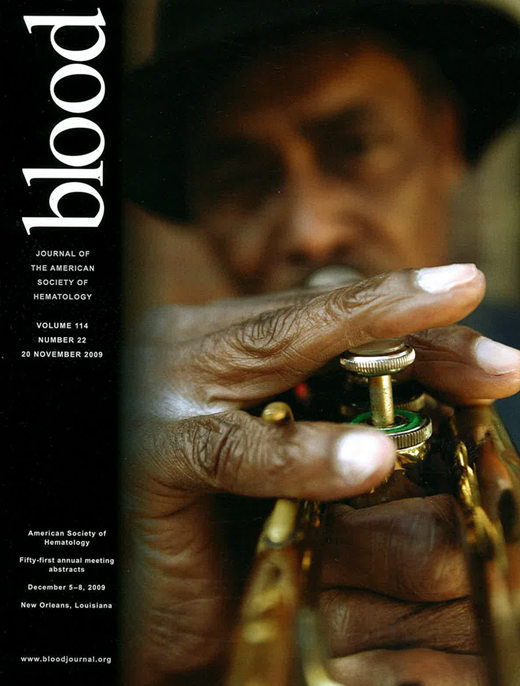Abstract
Abstract 1023
Poster Board I-45
Arsenic Trioxide approved for treatment of APL patients who relapsed after first line treatment failure by ATRA and chemotherapy. Its efficacy as first line treatment studied in at least three trials (including our center reports) previously. Here we are studying its efficacy, safety and long term follow up of new cases of APLwho treated by Arsenic trioxide without ATRA and/or Chemotherapy.
between 1999 and 2009 we treated 190 new cases of APL by Arsenic Trioxide ( 0.15 mg/kg/day till CR ). Presence of t(15,17) confirmed in all cases by cytogenetic study and/or RT-PCR. In patients who achieved to CR we applied 4 more courses of daily ATO with the same dose for 28 days. Patients followed every 3 months by physical exam, hemogram and RT-PCR on peripheral blood for detection of relapse.
Median age of our patients was 29 years. Remission rate was 84.7% and median time to achieve to CR was 30 days. Median follow up was 37 months (maximum105 months) and for patients in remission, DFS was 73.4%. Also chance of 3 and 5 years DFS and OS were 71.3%, 83% and 67.6%, 72% respectively. Also Although early mortality was higher in patients with WBC more than 10000 at presentation, we couldn't find any significant correlation between DFS or OS and at presentation WBC count.
Arsenic trioxide is effective as first line treatment of new cases of APL. Its long term results is comparable with conventional treatment of APL. optimization of treatment needs better supportive care to reduce early mortality due to APL differentiation syndrome and hemorrhagic episodes.
No relevant conflicts of interest to declare.
Author notes
Asterisk with author names denotes non-ASH members.

